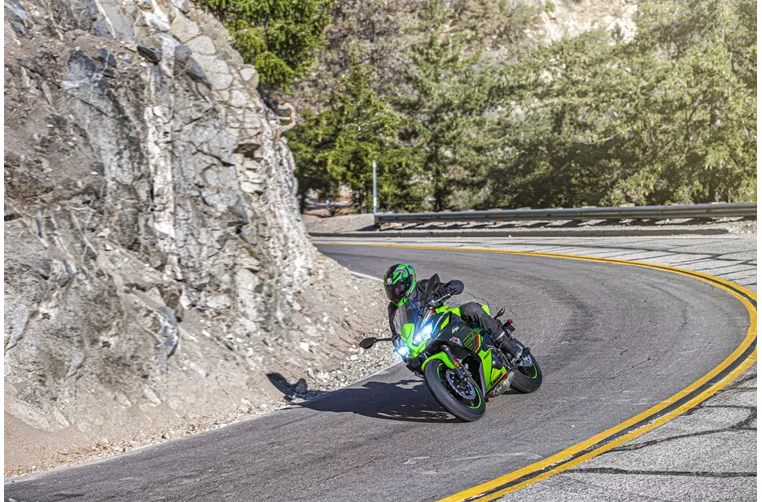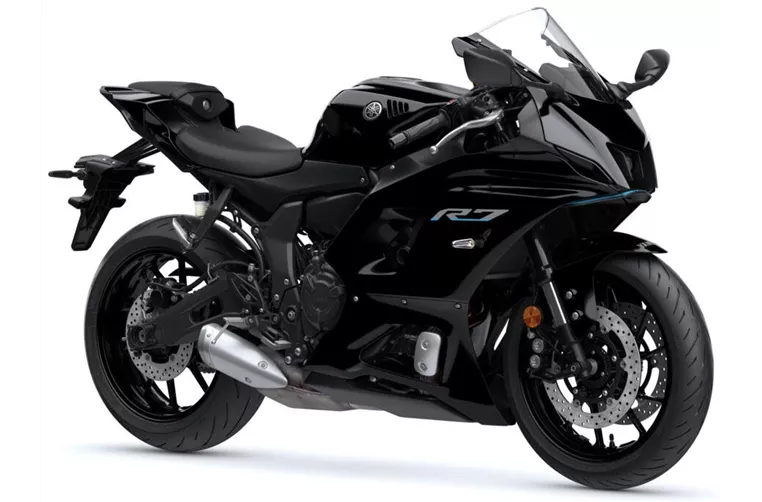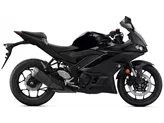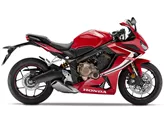Kawasaki Ninja 650 2023 vs. Yamaha R7 2021
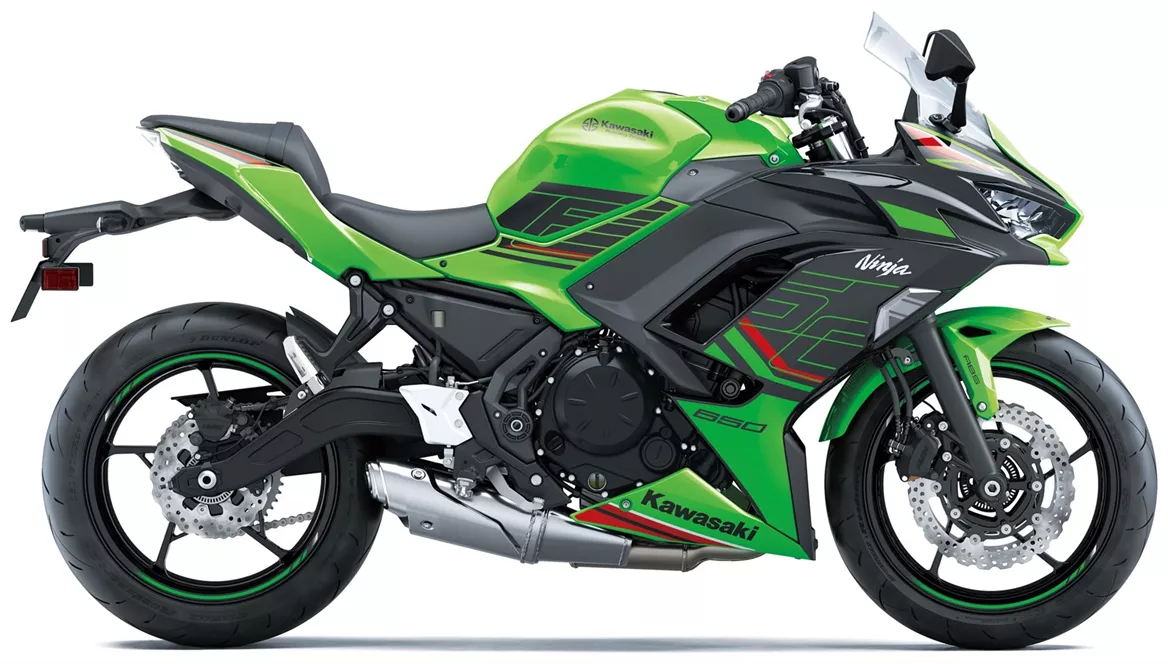
Kawasaki Ninja 650 2023
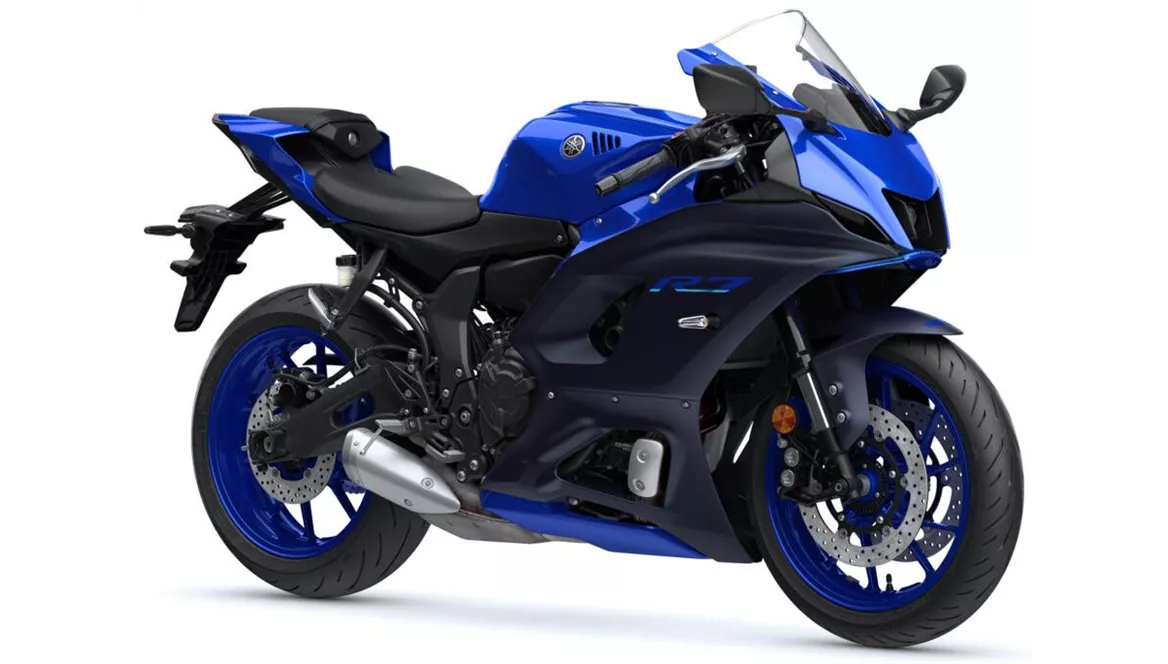
Yamaha R7 2021
Overview - Kawasaki Ninja 650 2023 vs Yamaha R7 2021
The Kawasaki Ninja 650 2023 and the Yamaha R7 2021 are both supersport motorcycles that offer great performance and features. However, there are some notable differences between the two models.
In terms of engine specifications, the Kawasaki Ninja 650 2023 is equipped with an in-line, 649cc engine that generates 68.2 HP of power and 65.7 Nm of torque. On the other hand, the Yamaha R7 2021 features a slightly larger 689cc in-line engine that produces 73.4 HP of power and 67 Nm of torque. Both motorcycles have a compression ratio of over 10, indicating their high-performance capabilities.
When it comes to suspension, the Kawasaki Ninja 650 2023 is equipped with a telescopic fork at the front and a swing arm with a monoshock at the rear. The Yamaha R7 2021 also features a telescopic fork at the front, but it has an upside-down design for improved handling. The rear suspension setup is the same as the Ninja 650. Both motorcycles have a steel frame, providing stability and durability.
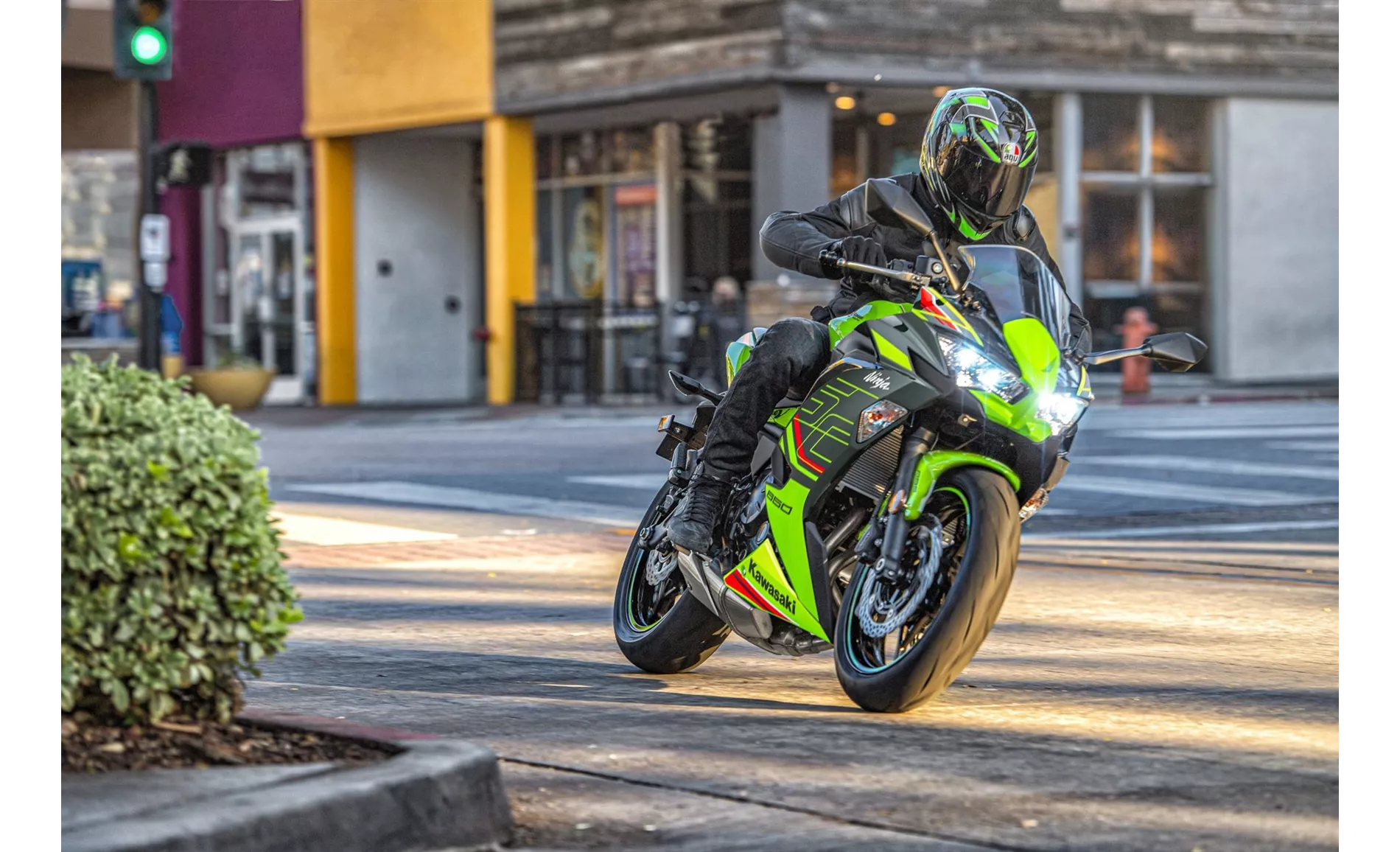
Kawasaki Ninja 650 2023
In terms of braking, both motorcycles feature double disk brakes at the front. However, the Yamaha R7 2021 has radial technology, which offers better braking performance compared to the petal technology used in the Kawasaki Ninja 650 2023.
In terms of dimensions and weights, the Kawasaki Ninja 650 2023 has a wheelbase of 1410 mm and a kerb weight of 193 kg (with ABS). It has a fuel tank capacity of 15 liters. On the other hand, the Yamaha R7 2021 has a slightly shorter wheelbase of 1395 mm and a lighter kerb weight of 188 kg (with ABS). It has a smaller fuel tank capacity of 13 liters.
In terms of equipment, the Kawasaki Ninja 650 2023 comes with LED daytime running lights, LED headlights, and a TFT display, providing modern and stylish features. The Yamaha R7 2021, on the other hand, only features LED headlights.
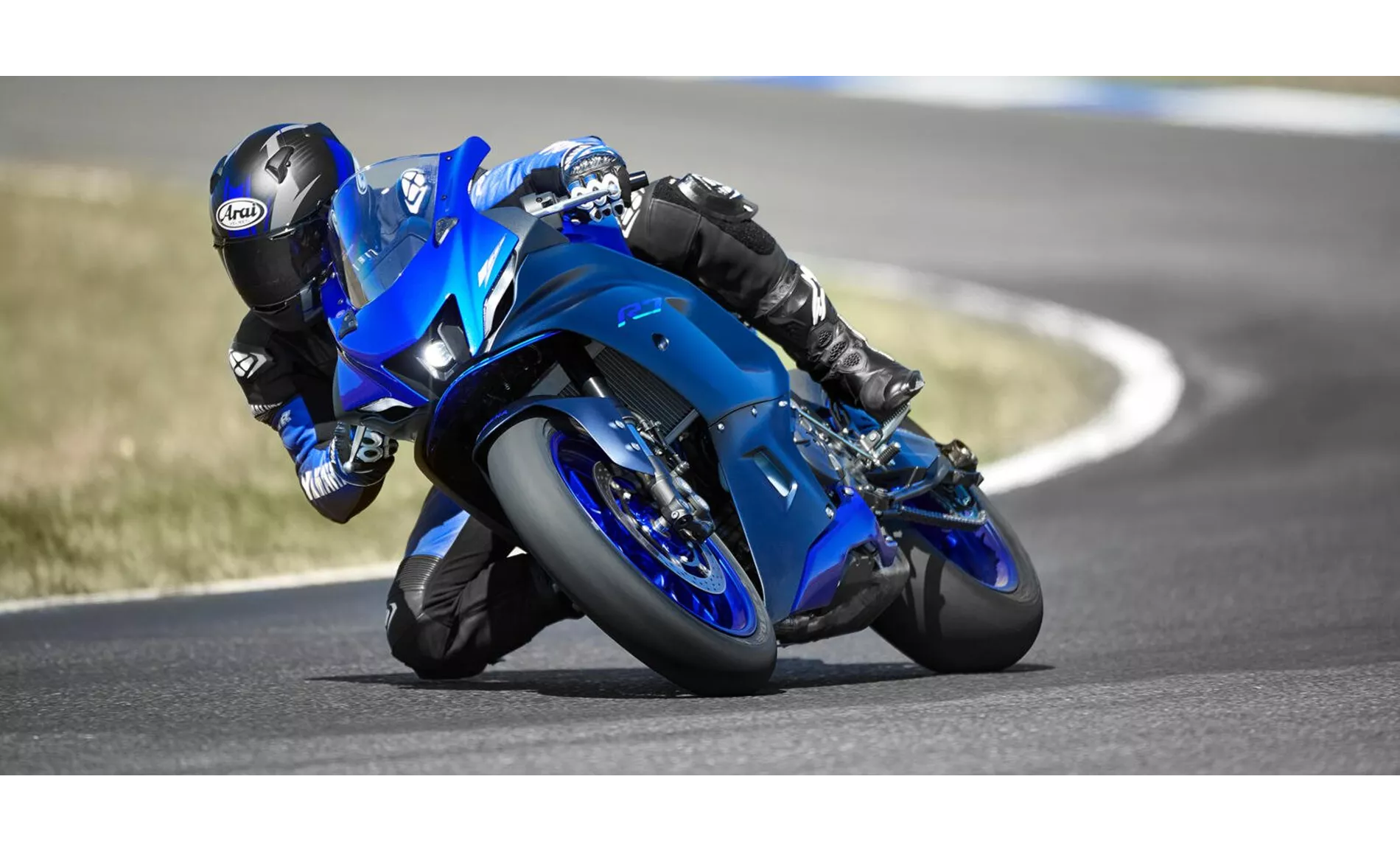
Yamaha R7 2021
In terms of strengths, the Kawasaki Ninja 650 2023 is known for its suitability for touring, comfortable riding experience, safety package (including ABS and traction control), accessibility for riders of all levels, and its iconic Ninja look. On the other hand, the Yamaha R7 2021 is praised for its high-torque CP2 engine, sporty riding position, well-tuned suspension setup, standard tires suitable for track days, and being a good entry-level trackday bike.
However, the Kawasaki Ninja 650 2023 does have some weaknesses. The chassis and brakes are considered average, and adjusting the rear shock absorber can be laborious. On the other hand, the Yamaha R7 2021 lacks a quickshifter as a standard feature, which some riders may find disappointing.
In conclusion, both the Kawasaki Ninja 650 2023 and the Yamaha R7 2021 are impressive supersport motorcycles with their own strengths and weaknesses. Riders looking for a comfortable and versatile touring bike with a safety package may prefer the Ninja 650, while those seeking a sportier riding experience and trackday capabilities may lean towards the Yamaha R7. Ultimately, the choice between the two will depend on the rider's preferences and intended use of the motorcycle.
Technical Specifications Kawasaki Ninja 650 2023 compared to Yamaha R7 2021
Pros and Cons in comparison
Pros and Cons in comparison
Kawasaki Ninja 650 2023
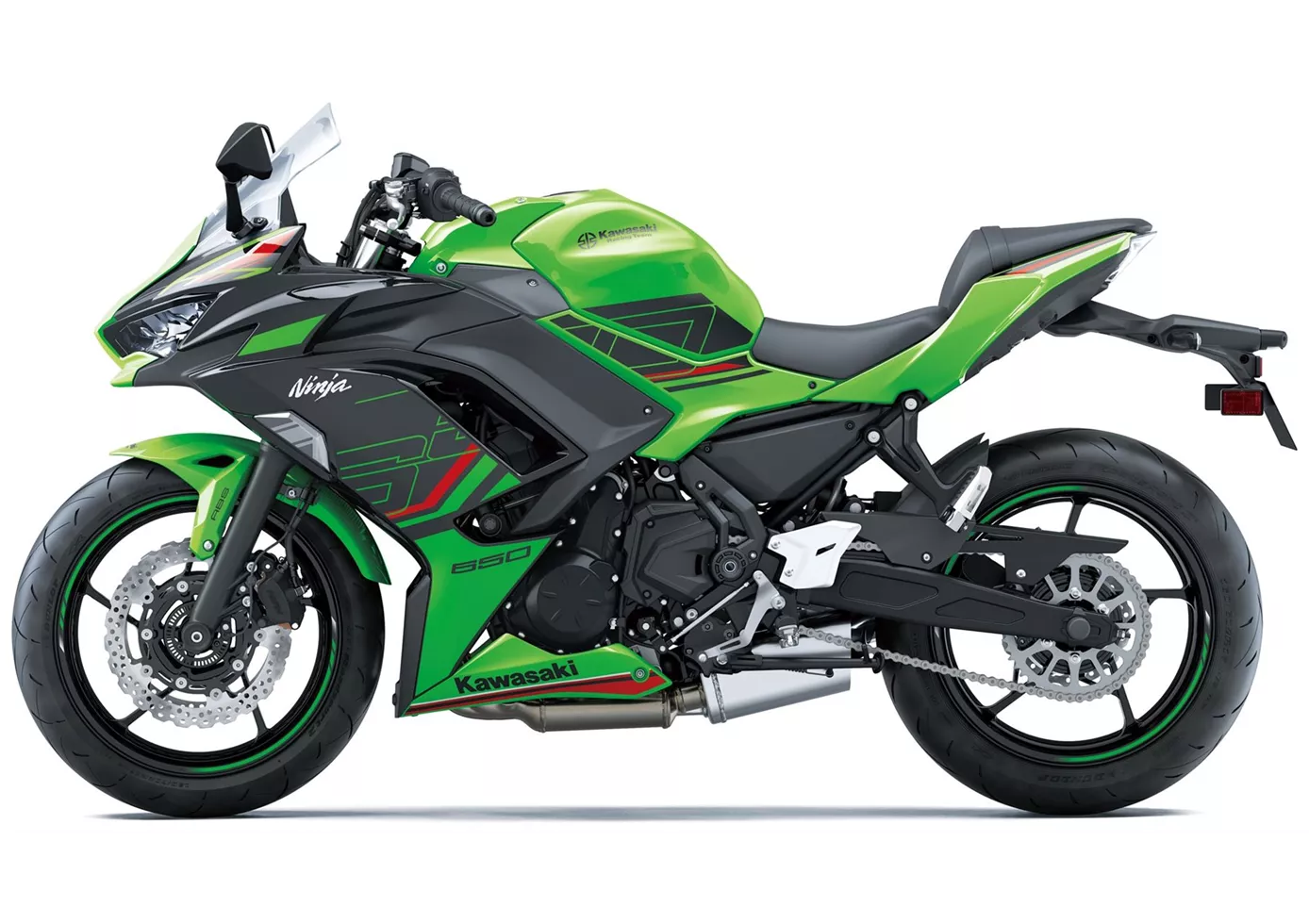
To judge the Kawasaki Ninja 650 purely on its paper form would be a serious mistake. The two-day test showed once again that performance data carries more weight at the pub table than in the wild. Kawa's sports tourer does exactly what it is supposed to and, thanks to the constant revision and the new features added for 2023, is still an enrichment for the class. Only hobby racers should be warned, as the name Ninja still stirs up a certain expectation that the 650 does not fully meet.
Yamaha R7 2021
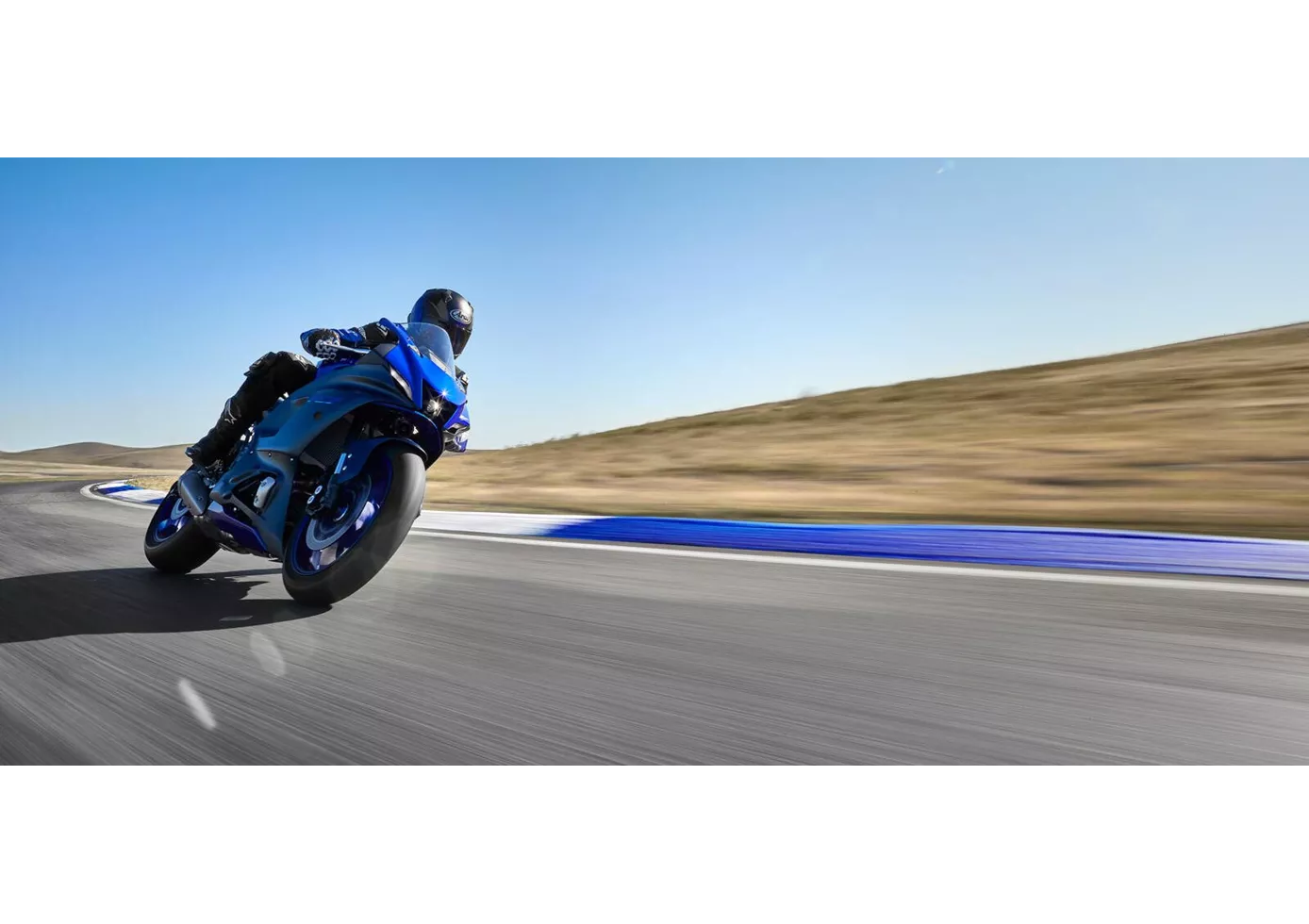
Despite the rather idiosyncratic combination of the sensible 73.4 hp mid-range power unit and the extremely aggressive, sporty look, the R7 is by no means a sheep in wolf's clothing. The performance, which is somewhere between the R3 and the R6, turned out to be much stronger in practice than the pure values on paper would suggest, and in terms of geometry, chassis, brakes and tyres, Yamaha's engineers have really done their homework. On top of that, the Yamaha R7 has all the qualities to have a lot of fun out-of-the-box on a compact race track like the Pannoniaring, for example, even without a big investment. But of course it feels better on the country road, and that's where it belongs in the first place, in our opinion. In view of the overall package, the purchase price is more than fairly priced - so it's not a problem that the quickshifter is not included and has to be purchased as an option.
Price Comparison Avarage Market Price Kawasaki Ninja 650 vs Yamaha R7
There are a few key differences between a Kawasaki Ninja 650 2023 and a Yamaha R7 2021. There are the same number of bikes of both models available on the 1000PS.de marketplace, specifically 112. It takes less time to sell a Kawasaki Ninja 650 with 137 days compared to 161 days for a Yamaha R7. Since model year 2017 1000PS.de editors have written 20 reviews for the Kawasaki Ninja 650 and 9 reviews for the Yamaha R7 since model year 2021. The first review for the Kawasaki Ninja 650 was published on 04/10/2016 and now has more than 79,600 views. This compares to more than 92,800 views for the first review on Yamaha R7 published on 18/05/2021.
